Poor indoor air quality can make your home feel uncomfortable and even impact your health. Watch out for these warning signs.
Others are reading now
Bad indoor air can have serious effects on your health and overall comfort. Here are the clearest signs of poor air quality and the best ways to ventilate your home, even during winter.
Does Your Home Feel Stuffy?

Also read
If your home often feels stuffy or heavy, it’s a sign that the air isn’t circulating properly.
Lingering Odors
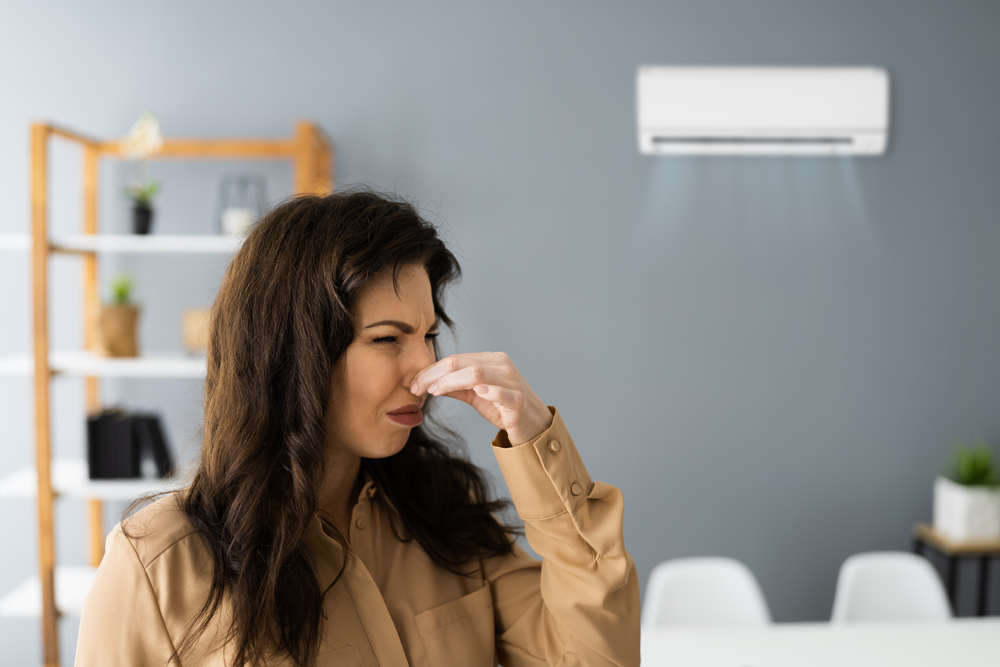
Do cooking smells stick around for hours after you’ve finished making a meal? Poor ventilation can cause odors to linger.
Laundry Takes Forever to Dry
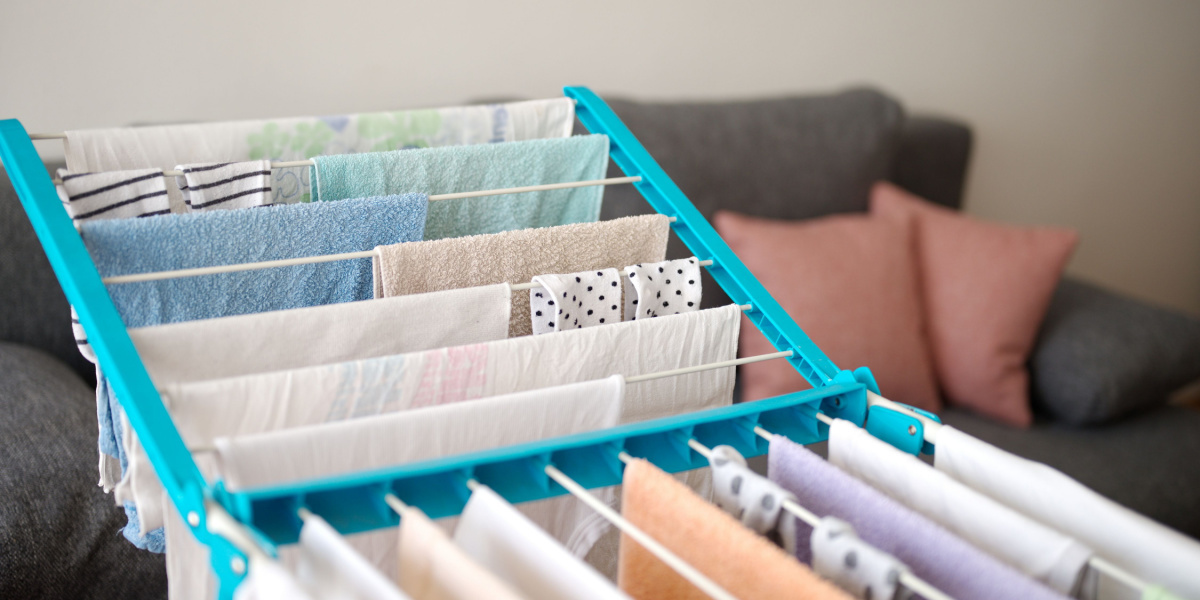
If your laundry takes an unusually long time to dry, it could be a sign that your home’s air circulation isn’t adequate.
Foggy Windows and Condensation
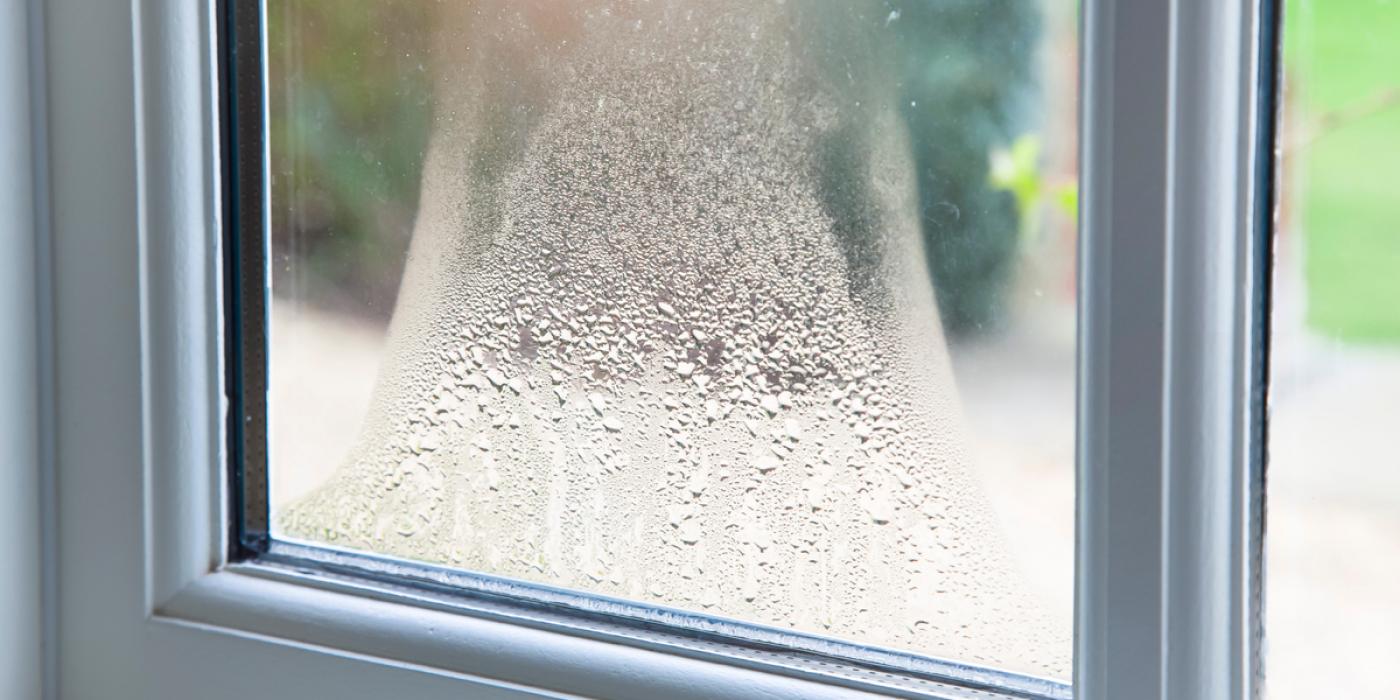
Frequently fogged-up windows or condensation buildup indicate excessive humidity and poor ventilation.
Mold and Moisture Damage
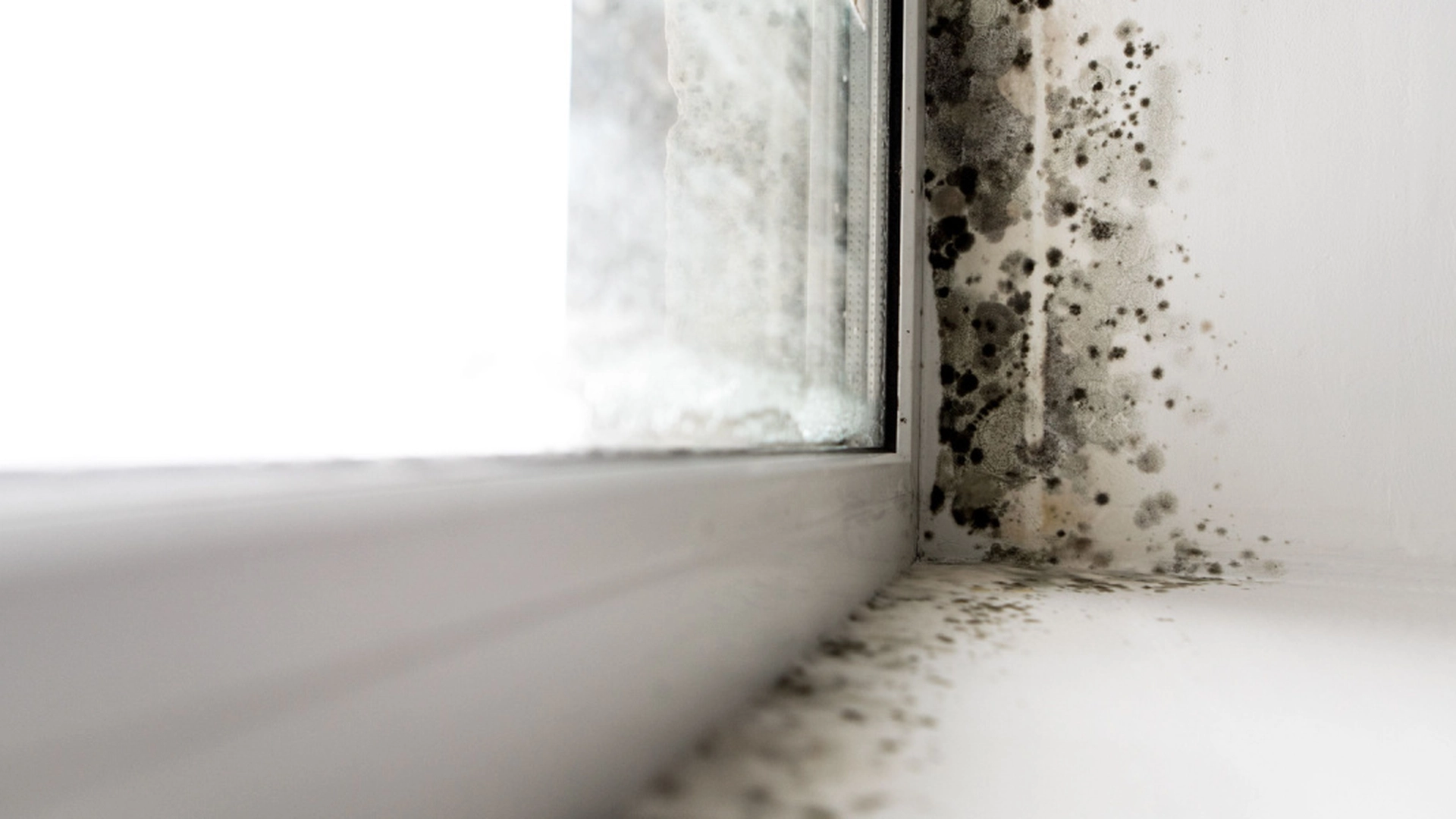
Too much humidity can lead to mold growth and moisture damage, which can have serious health consequences.
Irritated Eyes and Respiratory Issues

Do you or your family experience irritated eyes, headaches, or persistent coughing for no clear reason? Poor air quality could be to blame.
How to Ventilate Properly
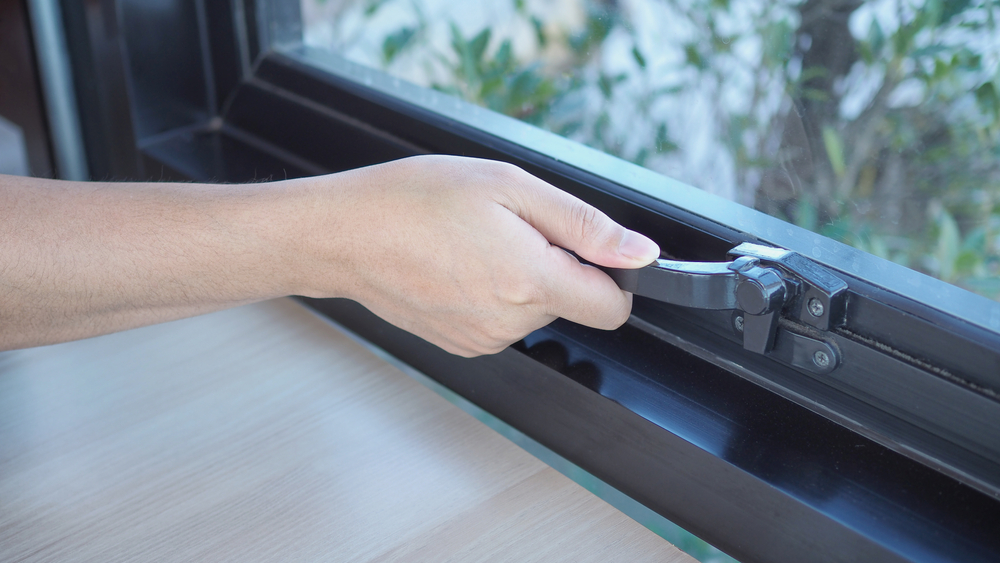
Proper ventilation is essential—even in winter. The key is to air out your home in short bursts while minimizing heat loss.
The Best Way to Air Out Your Home
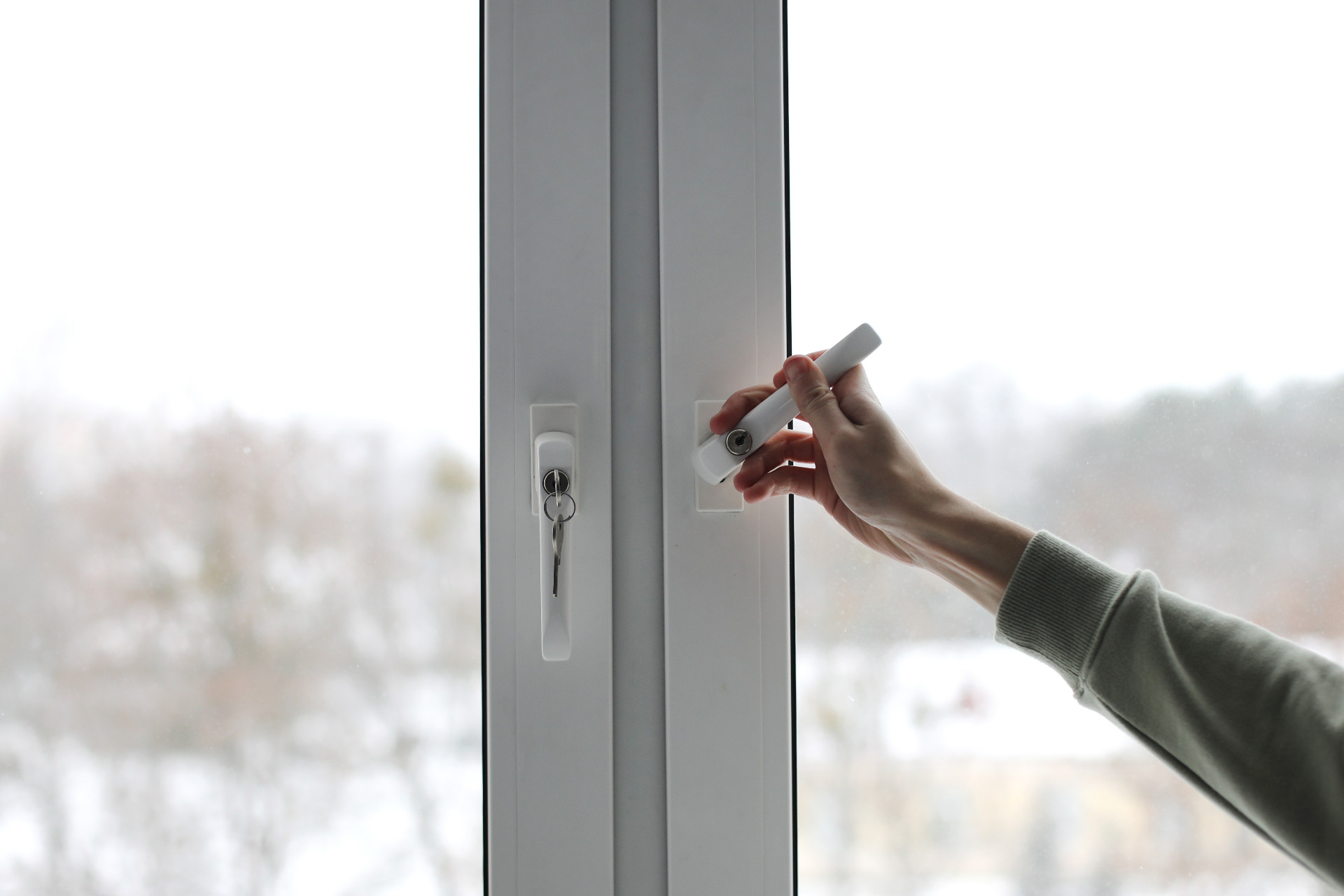
Open multiple windows for 5-10 minutes to create cross-ventilation. Avoid leaving windows slightly open for long periods.
Test Your Ventilation System
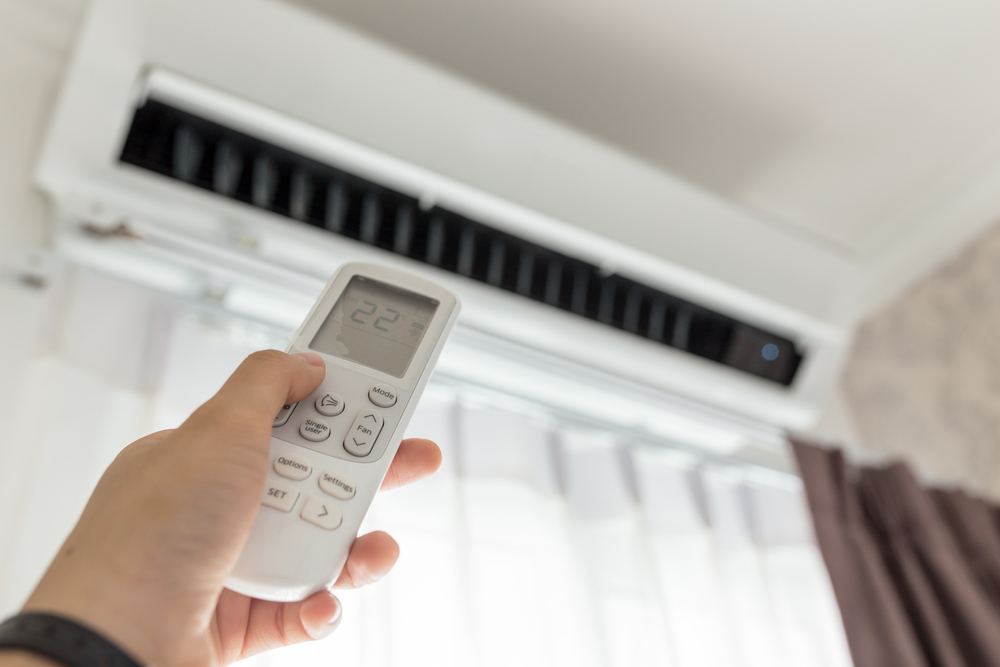
You can check if your ventilation is working by holding a piece of toilet paper up to an exhaust vent. If it stays in place, your system is pulling air out correctly.
Keep Vents and Filters Clean

Regularly clean air vents and exhaust fans, including your range hood filter, to improve air circulation.
Adjust Your Indoor Temperature
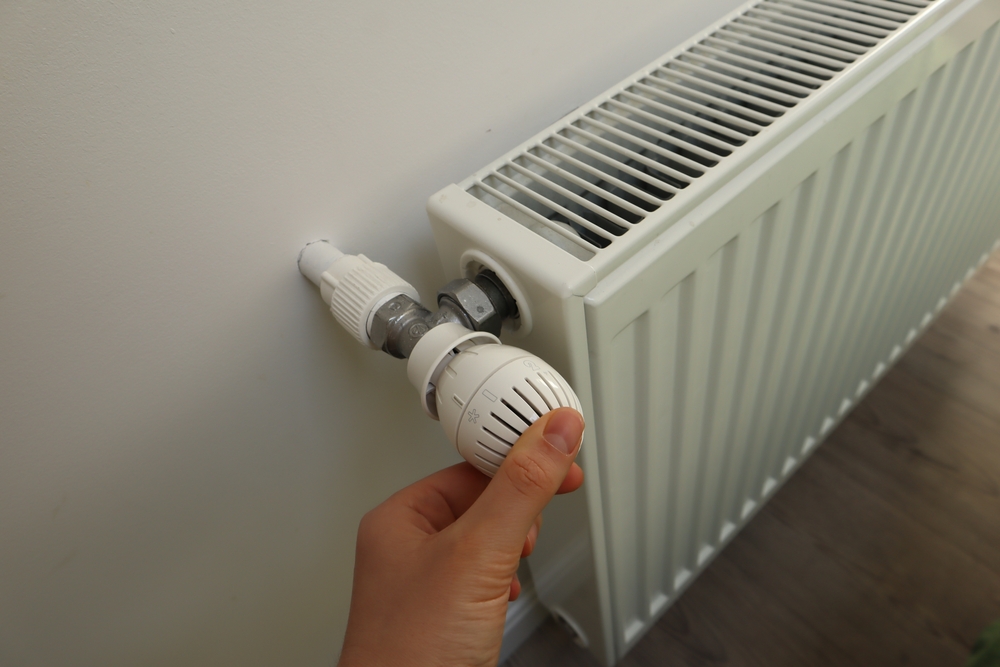
A home that’s too warm can feel stuffy. Try lowering the temperature by a couple of degrees to keep the air feeling fresher.
Time to Call a Pro?

If your home still feels stuffy despite taking these steps, you may need professional help. A ventilation expert can check for airflow problems like negative pressure, which can cause unfiltered air to seep in through cracks.


